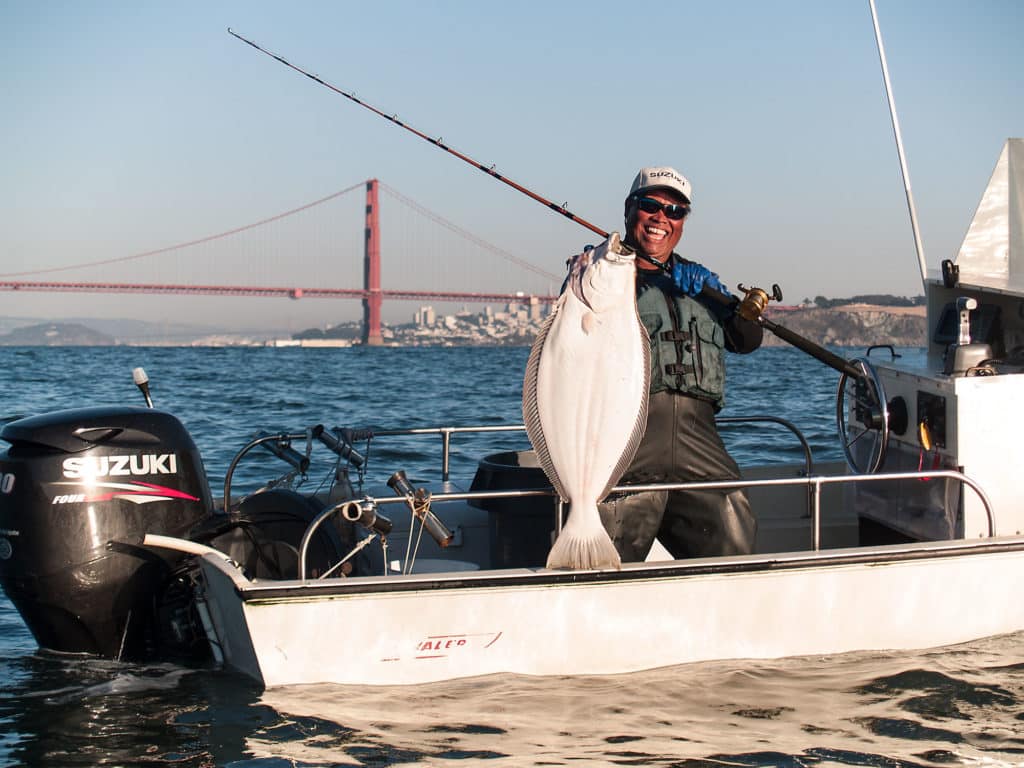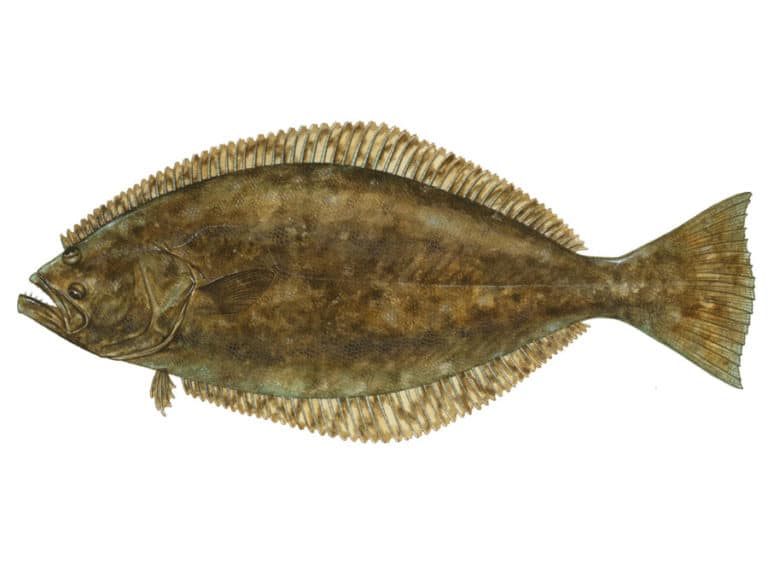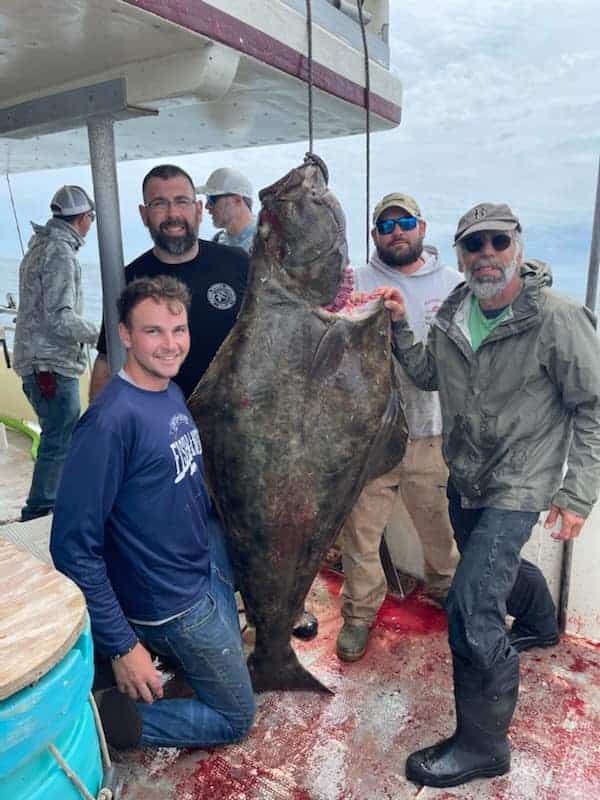
Northern California Halibut Fishing Tips
Ease your way into big California halibut while fishing with natural bait.
The International Gamefish Association recognizes five species of halibut.

Ease your way into big California halibut while fishing with natural bait.

Any potential changes to California halibut fishing regulations should hinge on data, not perceived convenience.

In an emergency regulation to protect the California halibut fishery in the northern portion of the Golden State, the California Fish and Game Commission on

Big halibut might not raise eyebrows on the West Coast, but a 190-pounder in the East is something extraordinary.
The International Gamefish Association recognizes five species of halibut: the Atlantic, which surpasses 700 pounds, is the largest. The Pacific and Greenland, both capable of exceeding 400 pounds, are next in the pecking order, followed by the more rare Shotted halibut, which grows to more than 200 pounds, and the California halibut, which rarely weighs over 60.
Atlantic halibut embark in lengthy pilgrimages, inhabit cold and boreal waters of the North Atlantic and the North Sea, and are found as far south as Virginia on the American side and southwest Ireland on the European side. Their diet includes numerous small fish, crabs, shrimp, squid, and mollusks.
Pacific halibut often migrate over 2,000 miles, and prefer the cold waters of the Bering Sea and the north Pacific, as far south as Santa Rosa Island, California, and as far west as Okhotsk Sea, Japan. Like their Atlantic cousins, they prey on a variety of small fish, large crustaceans, squid, and mollusks.
Greenland halibut live in the very cold waters of the northern Atlantic, northern Pacific and Arctic oceans, in depths between 1,600 and 3,300 feet. They can swim in a vertical position, so both sides of their body are a speckled brown in color. One eye still migrates to the other side of the head as juveniles, but not as far as in bottom-dwelling flatfish.
Shotted halibut are found in the western Pacific, from the coast of Japan down as far south as Taiwan, on sand or mud bottoms at depths between 200 and 4,300 feet.
California halibut don’t make long migrations like their larger relatives. They range from the Pacific Northwest south to Mexico’s Baja California, and prefer sandy bottoms in 60- to 120-foot depths. Their main forage are squid, anchovies and other small finfish, and mollusks.